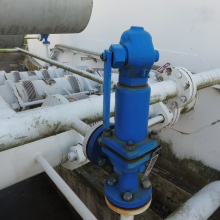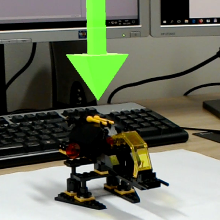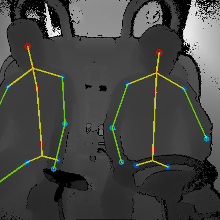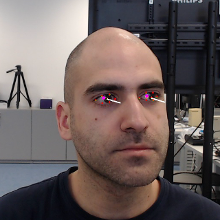In January 2017, we presented our applications and devices at three events. The first event occured at Science and Technology Center in Ostrava-Vitkovice, where we presented our virtual reality applications developed by our students supervised by Martin. The virtual reality was also the main part of our exhibitions at the high school in Sumperk, and at our university as a part of Open Days Exhibition. We also presented our computer vision applications, especially the mood detector. The photos from these events are here.








